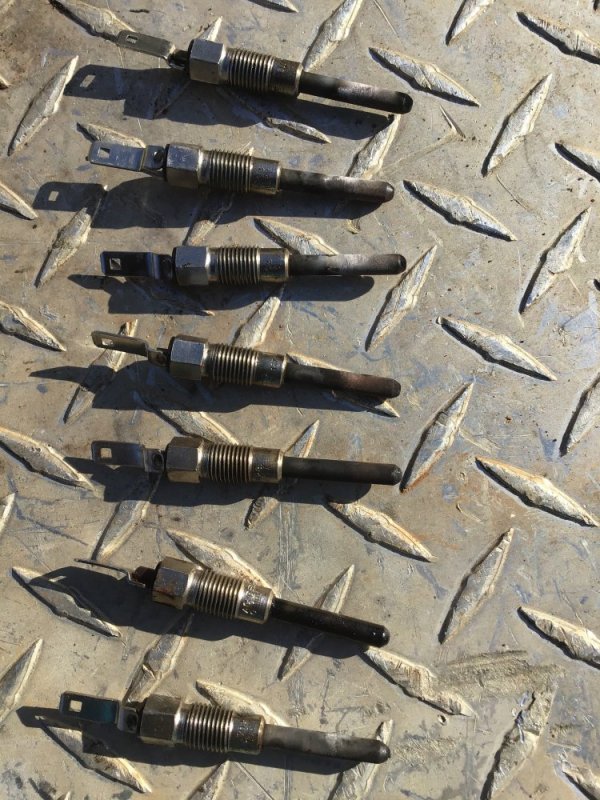Jaryd
Extremely Deplorable
After changing out the valve covers and putting everything back together I’m ready to bleed the air out of the lines so I pulled the 7 easiest glow plugs. These have about 16 thousand miles on them.
Do they look good for that amount of mileage? And do they look good enough to keep running them? I don’t see any erosion or anything on them anywhere.

Do they look good for that amount of mileage? And do they look good enough to keep running them? I don’t see any erosion or anything on them anywhere.

